Imagine having to break down a large wall. Where do you begin? How do you go about it?
I don’t think it will be fair to blow up the wall or mow it down with a tank. That isn’t allowed.
All you have is the good old hammer and a couple of folks to help you. This is a very simple situation, but the profound realization can be applied to chess in every possible way.
– The Rookie’s Way Forward:
Let’s assume we have ten amateurs of equal strength who shoot for the wall in ten different directions when I say GO. It is so obvious that they’re not going to make a hole at the quickest possible time.
In the Chess realm, the biggest problem I see in beginners is that their game looks as if half the moves were played by one person and the remaining by a couple of other people in his/her head. There is no coherent plan. It is as if the pieces are all working on their own.
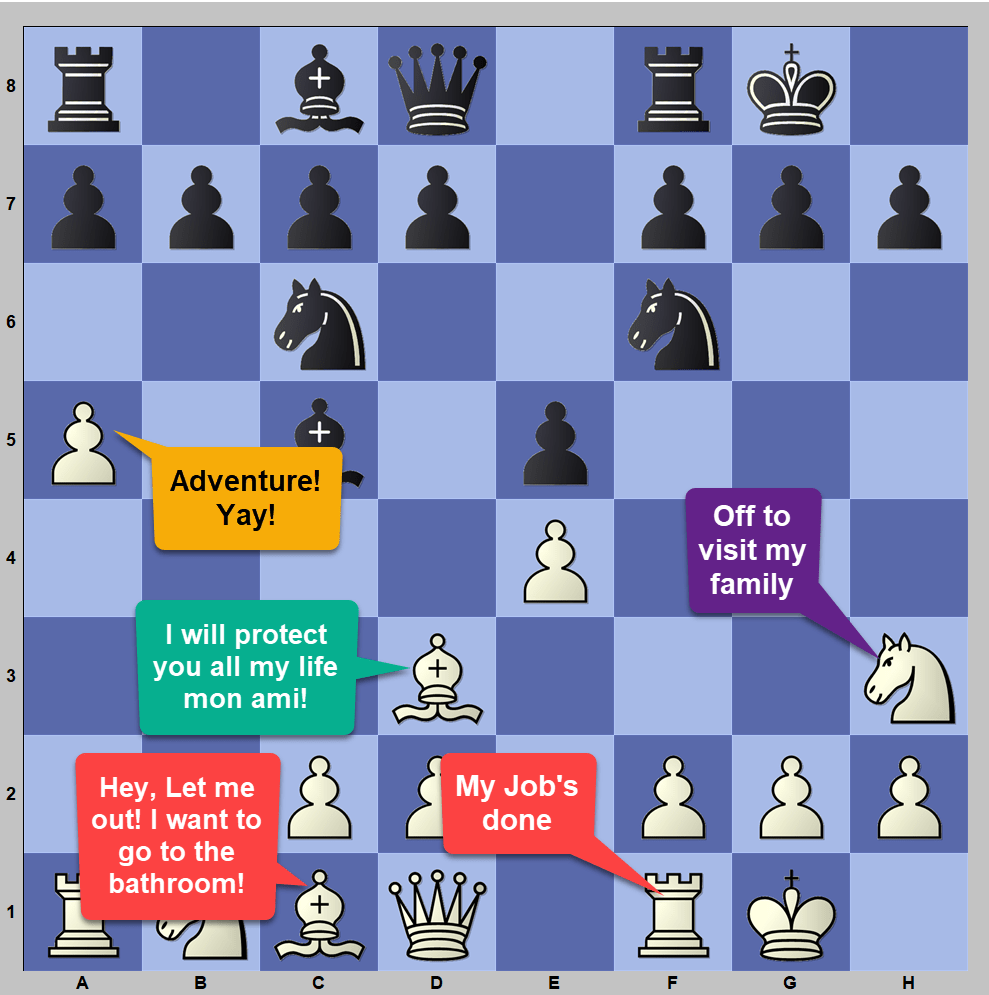
– Looking for Cracks:
An intelligent person would suggest that maybe they should be breaking down the wall starting with where it is weakest. Maybe there’s a crack in a corner and a plant growing out of it.

In chess, weaknesses are defined based on different criteria. There are the ones that can walk away, and the ones that cannot – the permanent & temporary way of classifying weakness. There’s also the simple way of just calling them for what they are – a Piece-based weakness (Bad piece position without mobility & lack of coordination, weak king position, etc), Pawn-based weaknesses (Isolated pawn, doubled pawns, backward pawn & hanging pawns) or Square-based weaknesses (weak squares).
There’s also the perspective that a weakness that cannot be exploited should not be called one! So, over the years different chess experts right from Lasker, Steinitz, Nimzowitsch to the present generation of chess experts have all suggested their ideas on how to define a “Weakness” and have been classifying the same set ideas in different boxes through the history of chess.
So, for simplicity’s sake, we’ll assume that the d5 pawn in the below position is just horrible (Or use the chess jargon – A Weakness).
Sverdlovsk (1943))
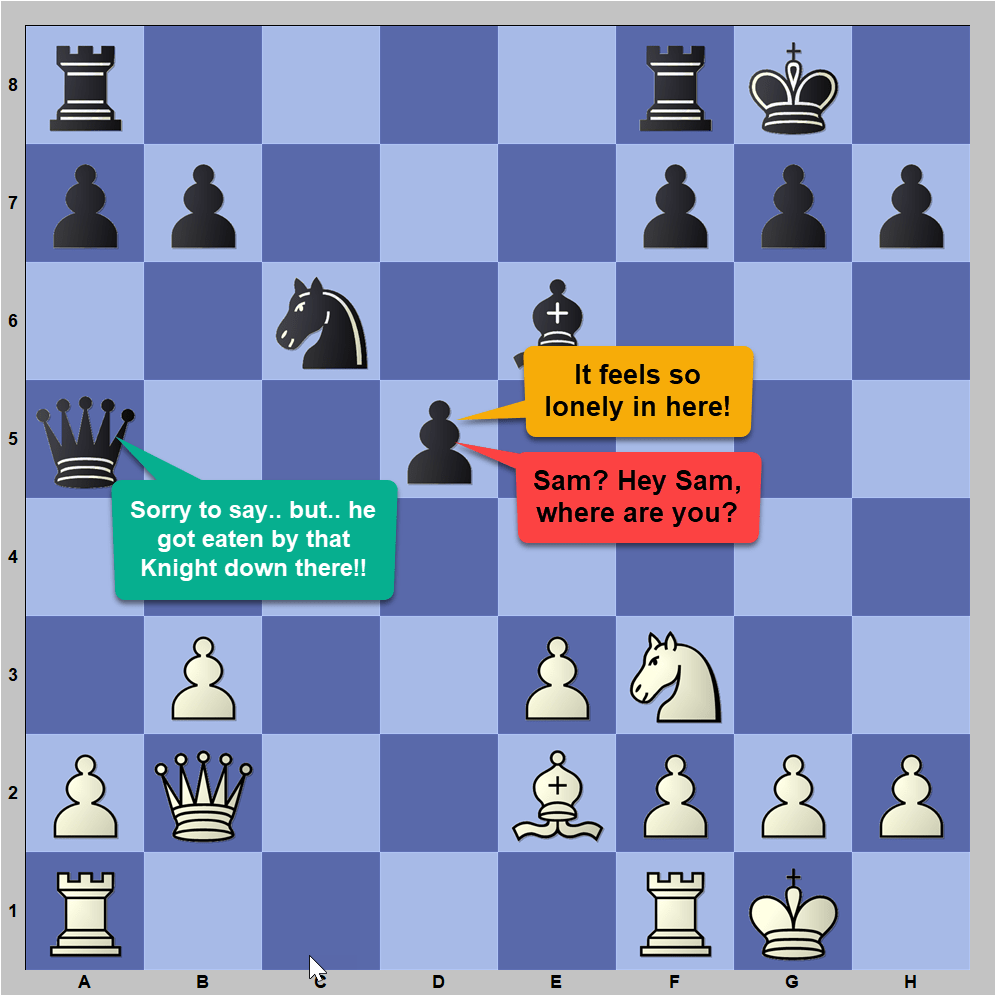
– Putting all your pieces to work.
Now that we found our little crack in the huge wall, the next step would be to put all our pieces to work. The secret to positional chess is to apply steady pressure, so your opponent cracks at some point of time. Botvinnik, the legendary former world champion knew this very well. He simply brings ALL his pieces to attack that one point – d5. That’s the secret to breaking through that big wall we talked about!
Hit where it’s weakest, and hit with all your forces!
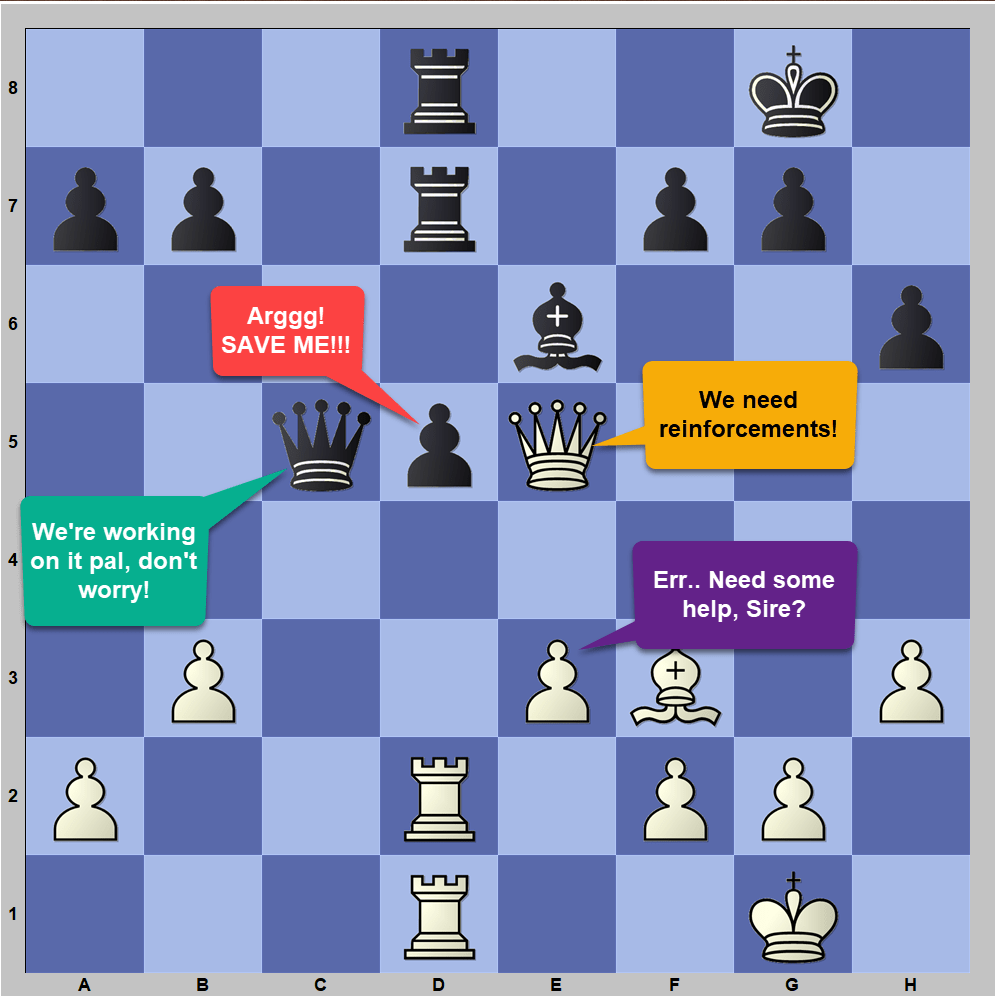
– The second weakness: Let’s just assume that on the other side of the wall, I hired
an equal number of folks to cement up as you start breaking the wall. Armed with quick-drying stuff borrowed straight from science fiction, they are on the other side stopping you from whatever you are doing.
It’s the same with chess. There’s a person right in front of you trying to stop whatever you want to accomplish on the board. You attack, they DEFEND.

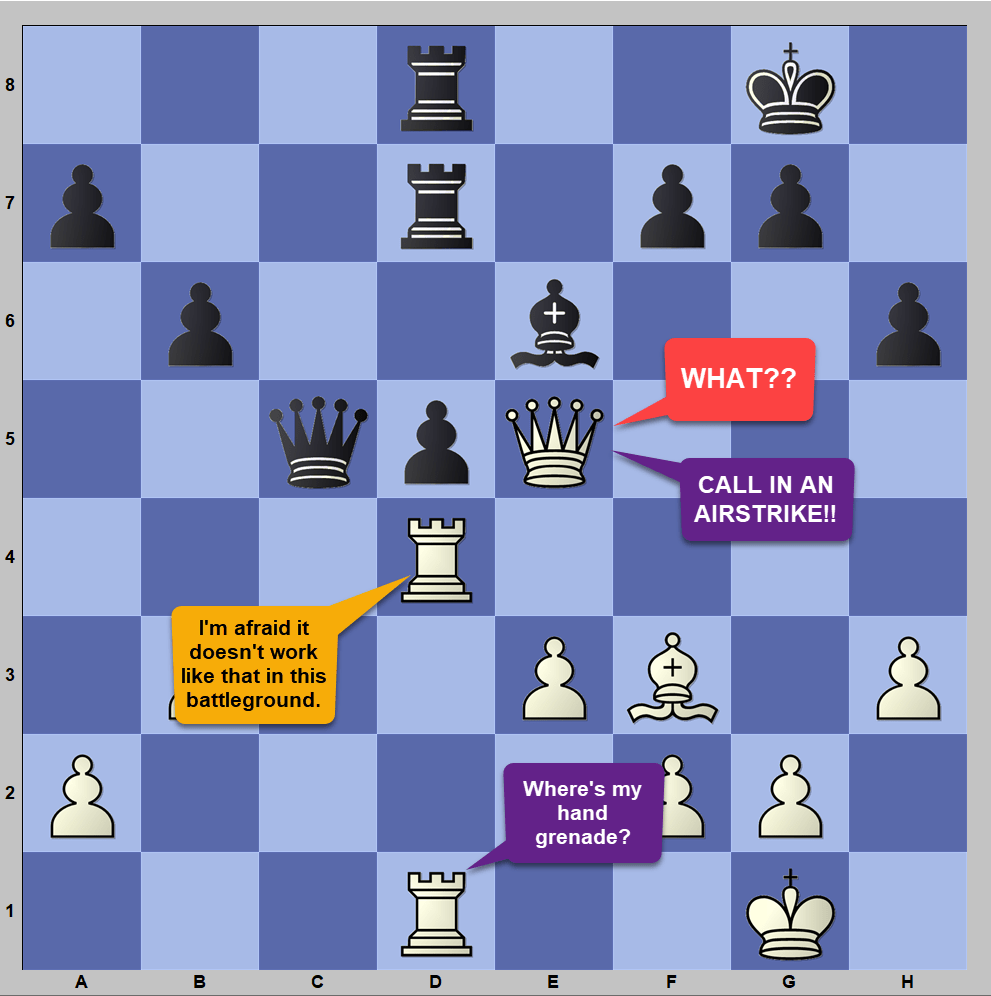
– Principle of two (more the merrier) weaknesses:
Alright, let’s get down to the serious chess part of the story. Botvinnik attacked d5 with all his pieces, but alas black had an equal number of pieces to defend. In such situations, one crack in the wall will not suffice. You will need two or more. It’s like your opponent is juggling with a chain saw. If he’s good at handling three chain saws, give him ten more! He’ll do the damage to the position himself.
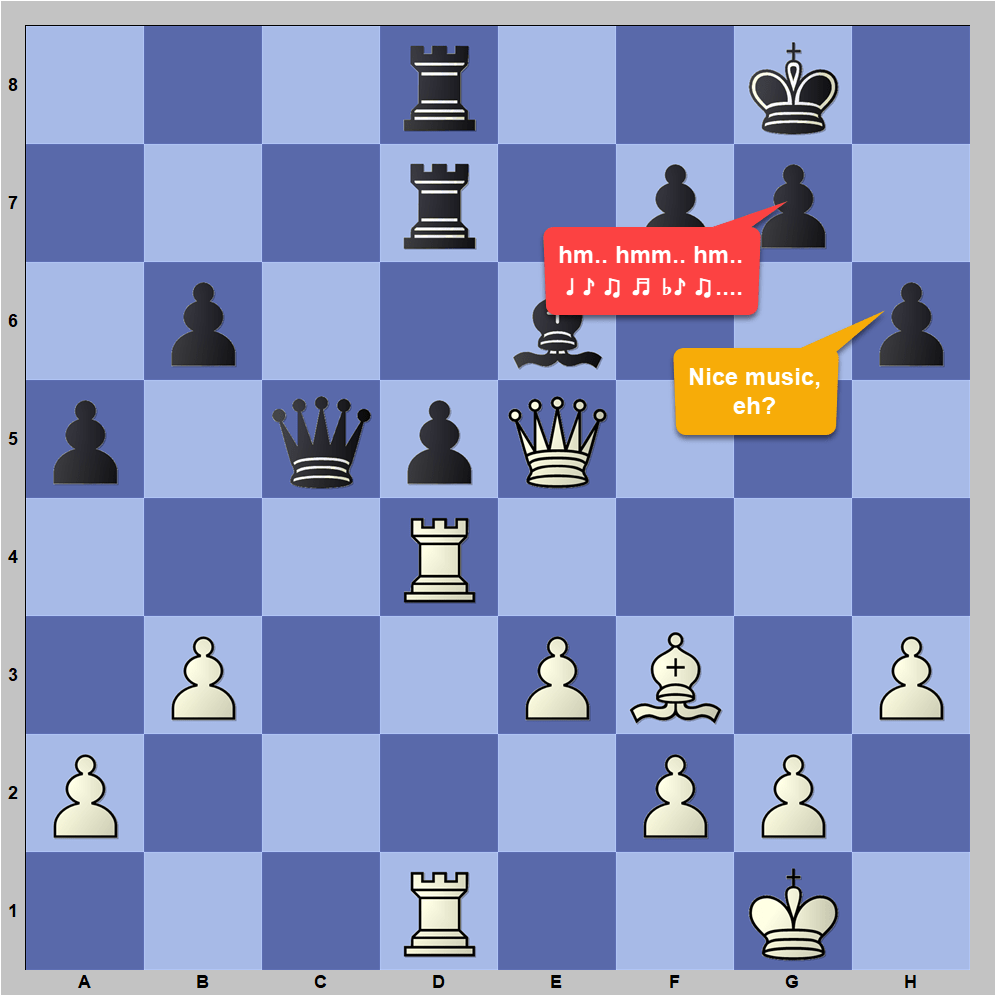

Botvinnik figured out that since all the pieces are crowded to protect the d5 pawn, Black’s Kingside is now left unprotected and vulnerable. So, he charged! And then the story ends with Botvinnik’s pieces ripping out every brick out of Black’s fortress.
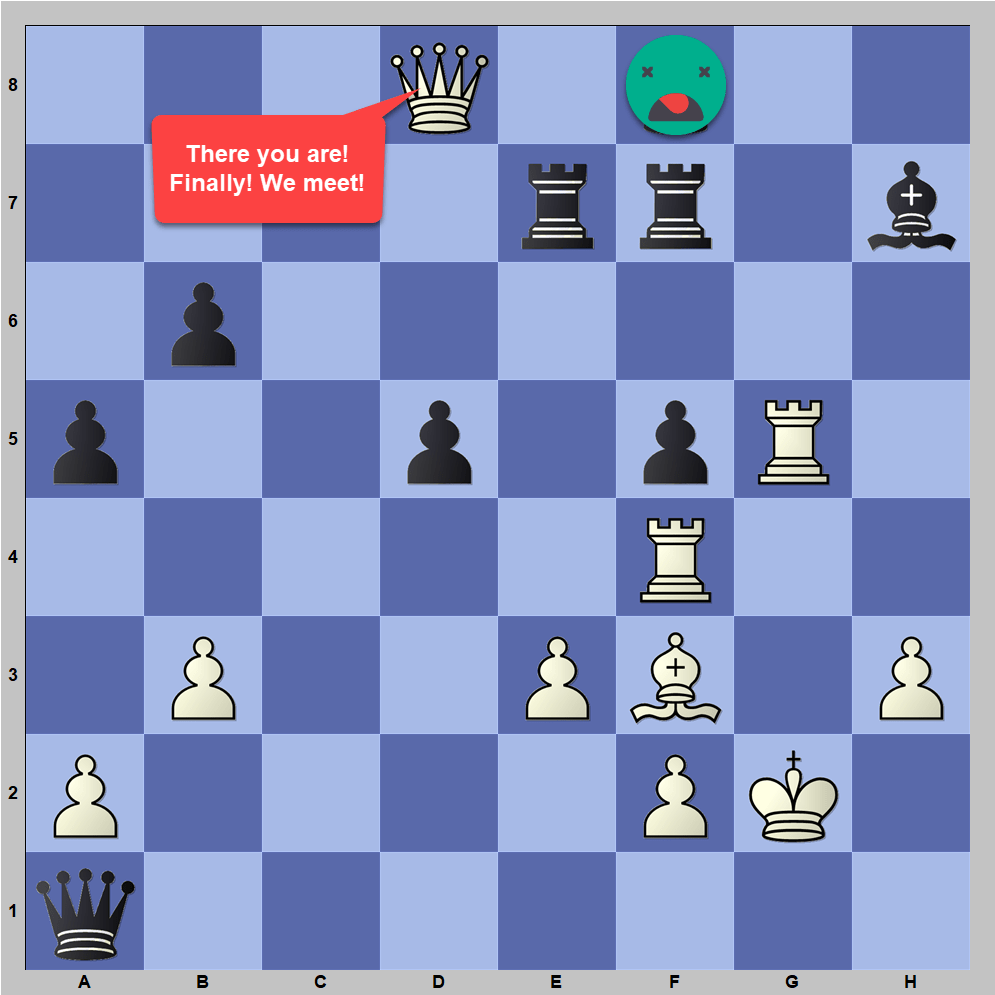
FULL GAME:
We hope you enjoyed our story about weaknesses and walls. If you like to explore books on the subject of chess middlegame, do check out the link below. All books have free samples for download, so you can check out a few chapters before buying a book. 
- Review: Perpetual Chess Improvement - May 9, 2024
- Dark Mode is now live on Web Reader - April 30, 2024
- Book Review: Tal Botvinnik 1960 - April 24, 2024
